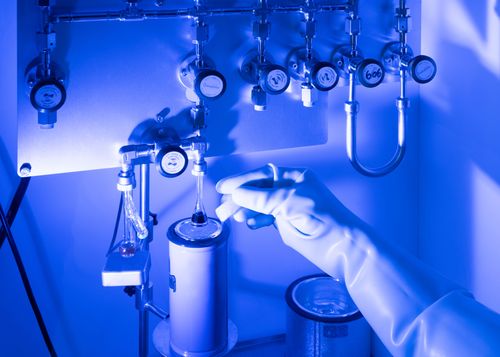
Custom synthesis catalytic dehalogenation
Aromatic halides (iodine, bromine, chlorine) can be hydrogenolysed under tritium gas using a base and suitable catalysts. Such dehalogenations normally lead to high specific activities at defined positions in the molecule. The highest specific activity is usually achieved by cleaving iodine atoms (20-28 Ci/mmol or 740 - 1040 GBq/mmol), followed by bromine (14-25 Ci/mmol or 518 - 925 GBq/mmol) and chlorine (8-16 Ci/mmol or 296 - 592 GBq/mmol). Fluorine atoms are not hydrogenolysed under these conditions. A selective exchange of iodine or bromine in the presence of sensitive functional groups can be achieved with modified catalysts and a suitable reaction control.
NECA
Cypermethrin
Paroxetin